Disclosure: This article contains affiliate links. We may earn a commission from purchases at no extra cost to you, which helps our travel content.
Standing in Sucre's Plaza 25 de Mayo, watching my friend's children chase pigeons across the immaculate white colonial square, I was struck by how perfectly this Bolivian gem balances historical gravitas with family-friendly charm. Known as 'La Ciudad Blanca' (The White City), Sucre doesn't initially register on most family travel itineraries—overshadowed by its more famous South American neighbors. Yet after spending a week here with my longtime friends and their three kids (ages 6, 9, and 12), I'm convinced it might be South America's most underrated family destination. At 2,810 meters (9,214 feet), Sucre sits high enough to showcase spectacular Andean views but low enough to avoid the altitude sickness that can plague families in La Paz. This UNESCO World Heritage city combines the architectural splendor of colonial Spain with the vibrant indigenous culture of Bolivia, all wrapped in a package that's remarkably navigable, affordable, and welcoming to young explorers.
Getting Your Bearings: A Family-Friendly Introduction
After twenty years covering sporting events across continents, I've developed a journalist's appreciation for cities that reveal themselves logically. Sucre does exactly that, with its grid layout and compact historic center making it ideal for families with young legs.
The heart of Sucre is Plaza 25 de Mayo, a central square that serves as both geographical and cultural compass. Surrounded by the striking Metropolitan Cathedral, Casa de la Libertad (where Bolivia declared independence), and numerous cafes with outdoor seating, it's the perfect place to begin your family orientation.
On our first morning, we started with hot chocolate and saltenas (Bolivia's answer to empanadas) at a corner cafe, watching the city wake up while the kids mapped out the square's perimeter. Unlike the frenetic energy of La Paz, Sucre moves at a gentler pace, with traffic restrictions in the historic center creating a pedestrian-friendly environment.
For families concerned about navigation, I recommend downloading the Maps.me app before arrival. Unlike other mapping apps, it works remarkably well offline throughout Bolivia and marks smaller attractions and playgrounds that Google Maps often misses. Having comprehensive offline maps proved invaluable when the kids spotted a playground three blocks away that wasn't on our itinerary but became a daily stop.
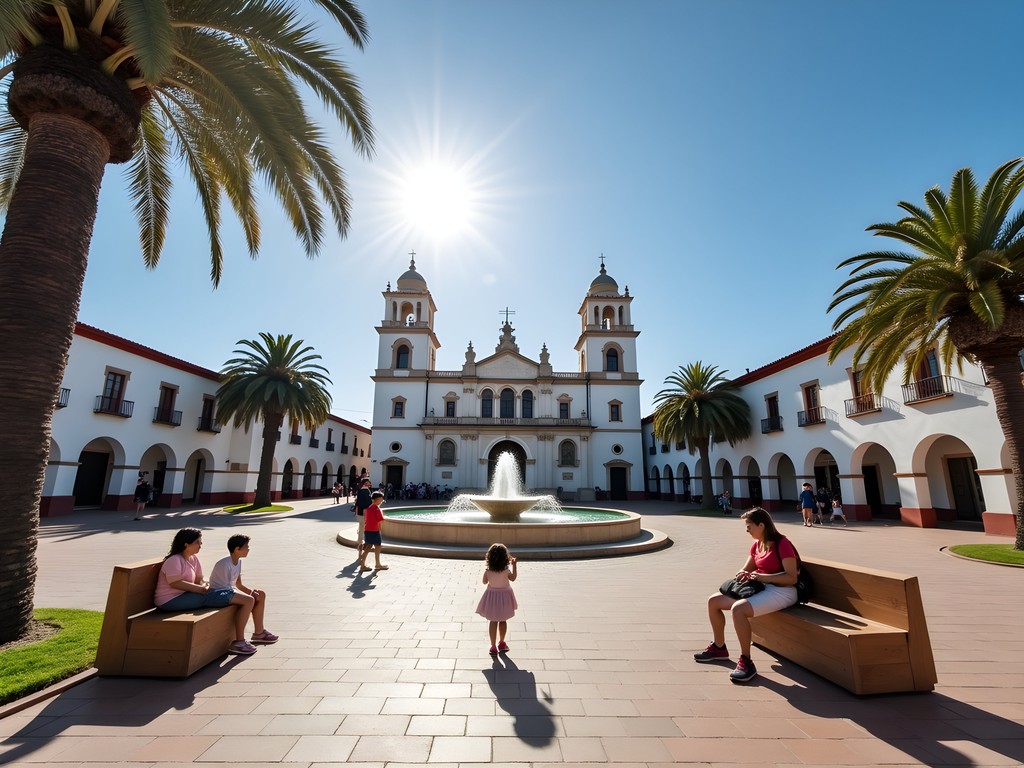
💡 Pro Tips
- Book accommodation within 5 blocks of Plaza 25 de Mayo for easiest navigation with kids
- Most attractions are walkable, but taxis are inexpensive (about 10 bolivianos/$1.50 USD within the center) for tired little legs
- The city sits at moderate altitude (2,810m), so plan a relaxed first day to help everyone adjust
Dinosaur Footprints and Prehistoric Thrills
If your children are anything like my friends' kids, the word 'dinosaur' triggers immediate excitement. Sucre houses one of South America's most remarkable paleontological sites at Cal Orck'o, just 5km from the city center. Here, an almost vertical limestone wall displays over 5,000 dinosaur footprints—the largest collection in the world.
The site was accidentally discovered in the 1990s when workers at the nearby FANCESA cement factory cleared away hillside. What emerged was a paleontological treasure: tracks from at least eight dinosaur species preserved across a massive wall that was once a muddy lakeshore.
The Parque Cretácico (Cretaceous Park) built around the site balances education with entertainment. Life-sized dinosaur models greet visitors at the entrance, while guided tours (available in English) explain the significance of the tracks. The park's viewing platform offers spectacular vistas of both the footprints and surrounding mountains.
For the best experience, time your visit for the 12:30 tour when the sun hits the wall at the optimal angle to see the footprints clearly. We arrived earlier and spent the morning at the interactive museum, where the kids excavated 'fossils' in a sand pit designed for young paleontologists.
Packing a compact binoculars proved invaluable for helping the younger children spot details on the distant wall. The 9-year-old didn't relinquish them for the entire visit, scanning the cliff face like a seasoned researcher.
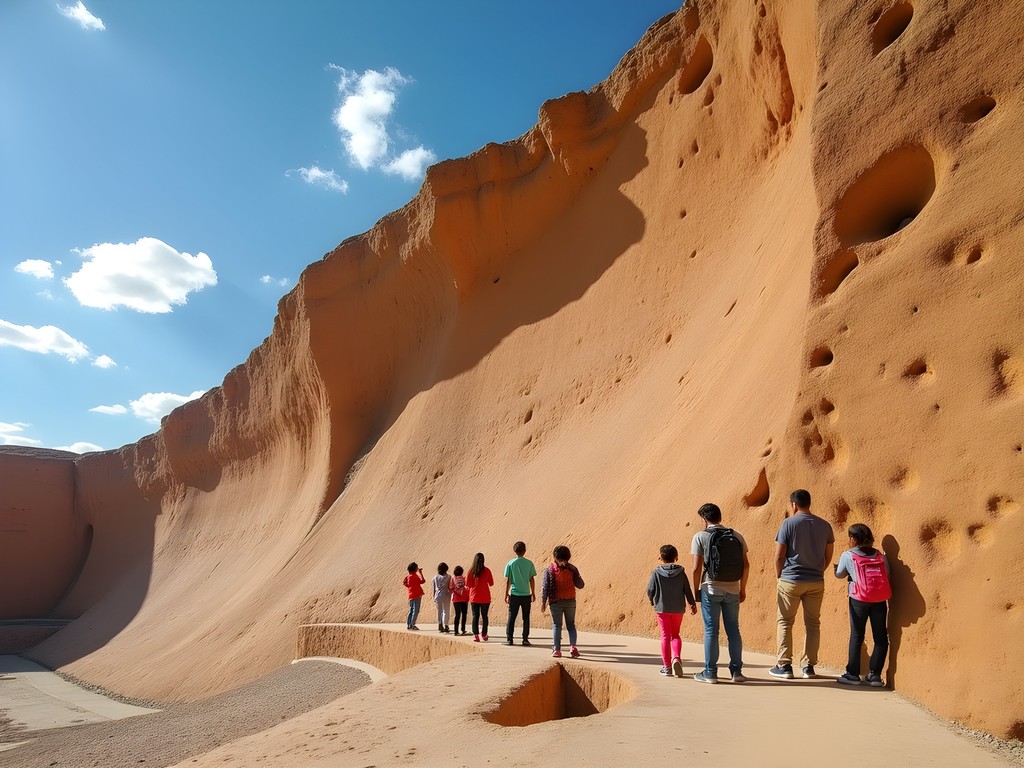
💡 Pro Tips
- Visit between 12:00-2:00pm when sunlight makes the footprints most visible
- The park entrance fee (approximately 30 bolivianos for adults, 15 for children) includes guided tours
- Bring water and sun protection—the site offers little shade and sits at high altitude
Cultural Immersion Through Play and Crafts
As someone who's spent decades documenting how sports and games reflect cultural identity, I was particularly interested in how Sucre could engage children with Bolivia's rich heritage. The answer came through several interactive museums and workshops that transform cultural education into hands-on play.
The Museo de Arte Indígena ASUR (ASUR Indigenous Art Museum) quickly became our group's unexpected favorite. Rather than displaying textiles behind glass, this living museum invites visitors to watch weavers from surrounding communities demonstrate their craft. The museum offers child-friendly weaving workshops where even the 6-year-old created a simple bracelet using traditional techniques. The pride on her face when she finished—knowing she'd learned a skill passed down through generations—was priceless.
For a more active cultural experience, we visited the Espacio Cultural Origenes, which presents traditional Bolivian dances in an intimate theater. What makes this performance special for families is the post-show interaction, where dancers invite children on stage to learn basic steps. The 12-year-old, initially reluctant, ended up leading his siblings in an impromptu dance-off with the performers.
Sucre's chocolate workshops provide another sensory gateway into local culture. At the Chocolate Museum (Para Ti), children learn about Bolivia's cacao heritage while making their own chocolate creations to take home. The hands-on experience connects kids to Bolivia's agricultural traditions through a medium they universally appreciate—chocolate.
I've found that cultural education sticks best when children can touch, create, and participate. In Sucre, museums and workshops understand this principle beautifully, offering experiences that engage young travelers as participants rather than spectators.
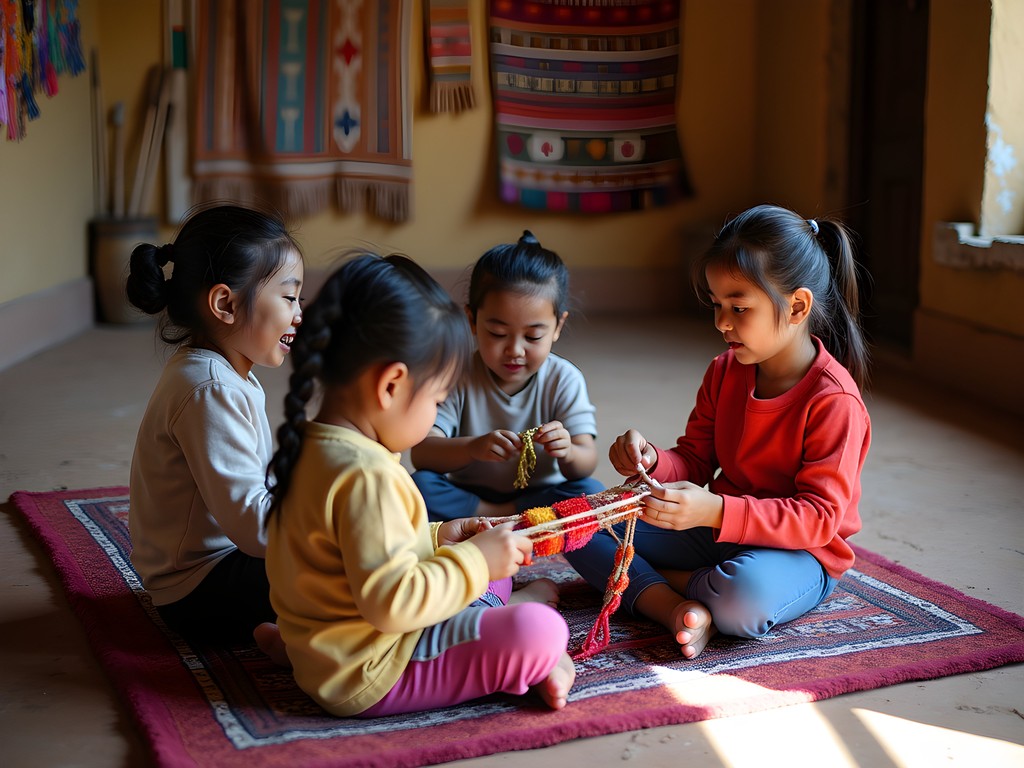
💡 Pro Tips
- Book the ASUR weaving workshops at least a day in advance as they have limited spots
- The chocolate workshops at Para Ti are perfect for rainy afternoons, but reserve ahead during high season
- Most museums are closed on Sundays or have limited hours—plan accordingly
Day Trips and Outdoor Adventures
While Sucre's historic center offers plenty to fill several days, the surrounding countryside provides the breathing room active families need. Having covered rugby matches across New Zealand's varied landscapes, I've developed an appreciation for how outdoor experiences can balance cultural sightseeing—especially important when traveling with children who need to burn energy.
The Maragua Crater, about two hours from Sucre, became our group's consensus highlight. This geological wonder—a circular valley surrounded by multicolored mountains—looks like something from another planet. The crater was formed not by meteor impact but by erosion of differently colored rock strata, creating a natural amphitheater that houses traditional communities.
We arranged a day trip through Condor Trekkers, a non-profit tour company that returns proceeds to the indigenous communities they visit. The moderately challenging hike was manageable even for the 6-year-old, though we carried a child carrier backpack for tired moments. The kids were fascinated by the dinosaur footprints visible along the trail—different from those at Cal Orck'o but equally impressive in their natural setting.
For families seeking a shorter excursion, the small town of Tarabuco hosts a renowned Sunday market just 65km from Sucre. Here, the Yampara people gather in traditional dress, selling textiles and crafts. Unlike markets geared toward tourists, Tarabuco primarily serves local communities, offering an authentic glimpse into rural Bolivian life. The children were entranced by the traditional clothing, particularly the elaborate helmets worn by men—replicas of the Spanish conquistador headgear, representing a fascinating historical inversion where the symbols of colonizers have been appropriated by the colonized.
These day trips provide natural conversation starters about environmental conservation and cultural preservation—topics I've found children are remarkably receptive to when presented through direct experience rather than abstract discussion.

💡 Pro Tips
- For the Maragua Crater, book with responsible operators like Condor Trekkers who employ local guides and maintain ethical practices
- The Tarabuco Market is busiest from 9am-1pm on Sundays—arrive early for the best experience
- Pack layers for day trips as temperature variations can be significant throughout the day
Family-Friendly Accommodation and Dining
Accommodation in Sucre offers excellent value for families, with numerous colonial buildings converted into boutique hotels and guesthouses. We chose Villa Oropeza, a restored mansion with a central courtyard where the kids could safely play while adults enjoyed morning coffee. The family suite with two connecting rooms cost less than a single standard room would in most European cities.
Many mid-range hotels in Sucre include breakfast and offer spacious family rooms or apartments. For longer stays, consider Airbnb options in the historic center, where beautifully renovated apartments often feature rooftop terraces with panoramic views of the white city and surrounding mountains.
Sucre's culinary scene balances international options for less adventurous eaters with opportunities to explore Bolivian cuisine. El Patio Salteñeria became our morning ritual—their saltenas (savory pastries filled with meat, vegetables and a slightly sweet sauce) were declared 'better than empanadas' by the normally picky 9-year-old. The trick to eating them like a local: bite off one corner and sip the broth before tackling the filling.
For dinner, Florin offers a menu that bridges Bolivian and international dishes in a garden setting with a small play area. The 12-year-old discovered silpancho, a Sucre specialty of breaded meat topped with fried egg and served over rice and potatoes—a dish that became his measurement standard for all subsequent meals.
Market 25 de Mayo provides a fascinating food adventure for families. The organized chaos of the market's three levels introduces children to new fruits, vegetables, and prepared foods in an authentic setting. The kids were particularly fascinated by the juice vendors, who create colorful blends from fruits they'd never encountered before. For about 5 bolivianos (less than $1), they could choose their own combination—a low-risk way to encourage culinary experimentation.
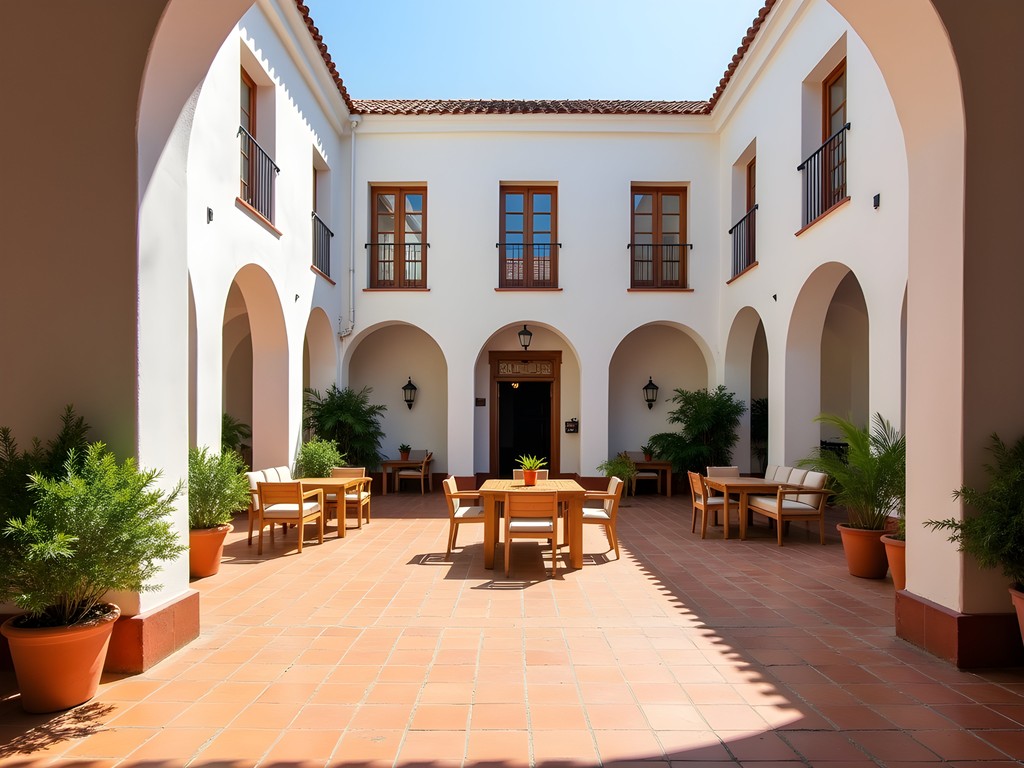
💡 Pro Tips
- Request rooms away from the street in hotels, as morning traffic and festivals can be noisy
- Many restaurants offer half-portions for children even if not listed on the menu
- The Mercado Central (Central Market) is cleaner and less overwhelming than Market 25 de Mayo if you're introducing children to market experiences
Navigating Festivals and Local Celebrations
One of the joys of traveling as a sports journalist has been experiencing how communities celebrate together—whether through sporting events or cultural festivals. Sucre offers numerous opportunities for families to witness and participate in local celebrations throughout the year.
During our spring visit, we accidentally timed our trip to coincide with the Festival of San Roque. The streets around San Roque church transformed for processions featuring traditional dance groups in elaborate costumes. Rather than keeping children at a distance, local families encouraged our young companions to join the festivities. The 6-year-old was delighted when dancers placed a flower garland around her neck, making her feel part of the celebration rather than just a spectator.
Sucre's calendar includes numerous festivals where families are welcome participants. Semana Santa (Easter Holy Week) features processions with elaborate carpets made from colored sawdust—children are often invited to help create these temporary artworks. September's Fiesta de la Virgen de Guadalupe honors the city's patron saint with parades where local schools participate, making it especially relatable for young visitors.
Even without major festivals, weekends in Plaza 25 de Mayo often feature impromptu performances, craft markets, or community gatherings. Sunday afternoons typically bring local families to the plaza, creating natural opportunities for children to interact across language barriers through universal games like tag or football.
For recording these special moments, I relied on my compact camera which captures excellent video and photos without being intrusive during community celebrations. The flip screen proved perfect for taking low-angle shots of dance performances and processions from a child's perspective.
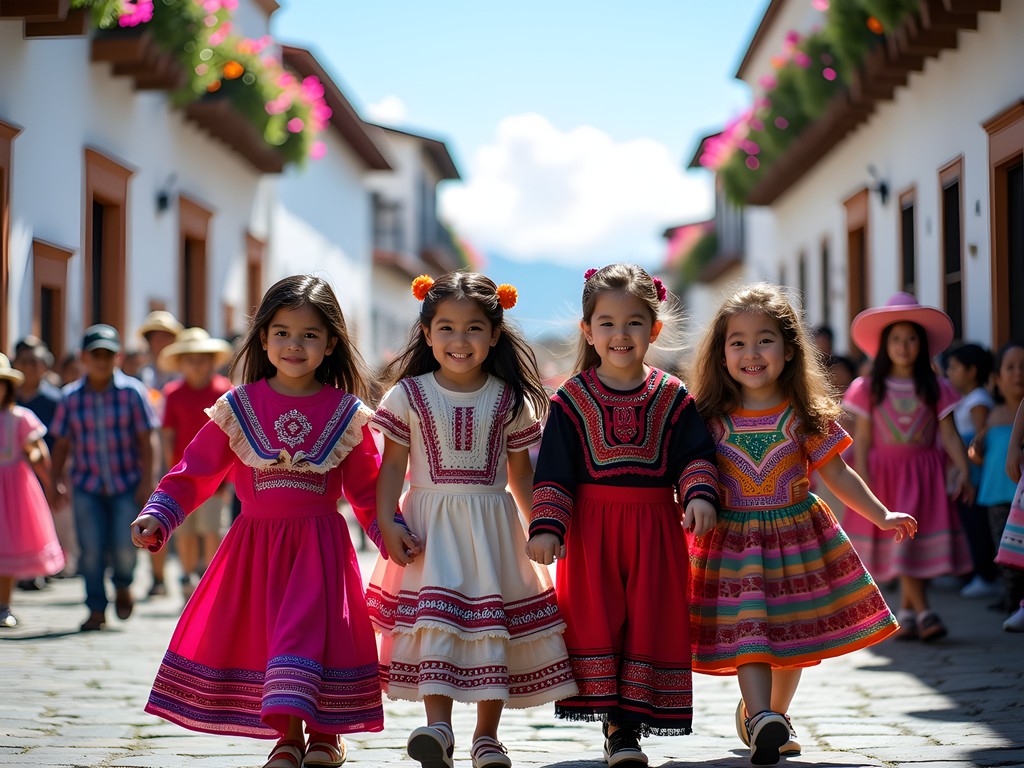
💡 Pro Tips
- Check with your hotel or the tourist information office about upcoming local celebrations
- Festival processions may cause street closures—be flexible with your itinerary if visiting during major celebrations
- Bring small denominations of bolivianos for festival food stalls and craft vendors who rarely accept credit cards
Final Thoughts
As our week in Sucre drew to a close, I watched my friends' children exchange farewell hugs with the hotel staff who had patiently taught them Spanish phrases each morning. This scene captured what makes Sucre exceptional for family travel—its ability to transform what could be a simple sightseeing trip into a genuine cultural exchange. Unlike destinations that merely tolerate young visitors, Sucre embraces them, offering spaces where children can meaningfully engage with Bolivian culture, history and people. The city's manageable size, gentle pace, and remarkable affordability make it logistically feasible for families, while its rich cultural offerings and surrounding natural wonders provide educational depth that resonates long after departure. Whether your children are dinosaur enthusiasts, budding artists, outdoor adventurers, or curious foodies, Sucre offers pathways to discovery that respect their intelligence while accommodating their energy levels. As Bolivia gradually emerges on family travel itineraries, those who venture to this white city will find not just South America's most beautiful colonial architecture, but one of its most welcoming environments for young explorers.
✨ Key Takeaways
- Sucre offers an ideal introduction to South American culture for families, with its manageable size and welcoming atmosphere
- The combination of dinosaur sites, cultural workshops, and outdoor adventures provides educational experiences that appeal to different ages and interests
- At moderate altitude and with excellent value accommodations, Sucre solves many practical challenges that can complicate family travel in South America
- Spring visits offer ideal weather and the chance to experience local festivals with fewer tourists than summer months
📋 Practical Information
Best Time to Visit
Spring (September-November) or Fall (March-May)
Budget Estimate
$50-100 USD per day for a family of four, including accommodation, meals, and activities
Recommended Duration
5-7 days
Difficulty Level
Beginner
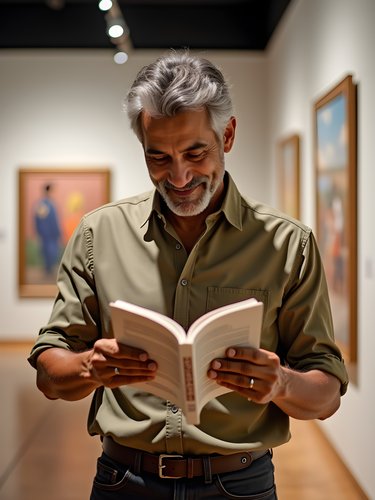
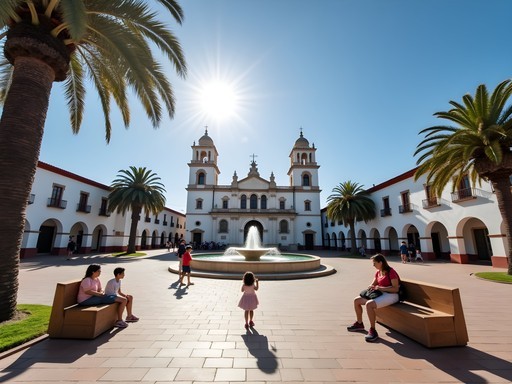
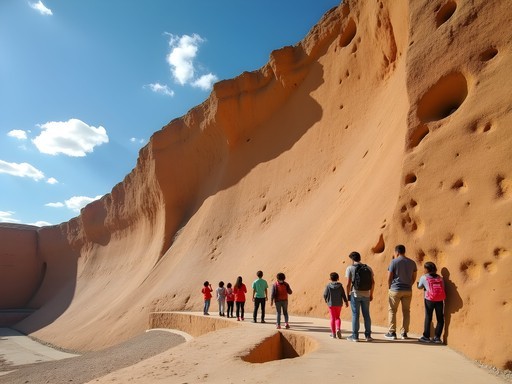
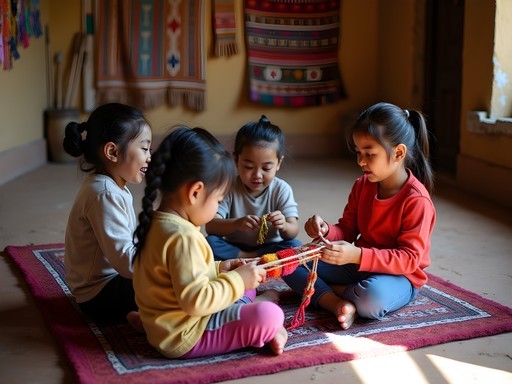
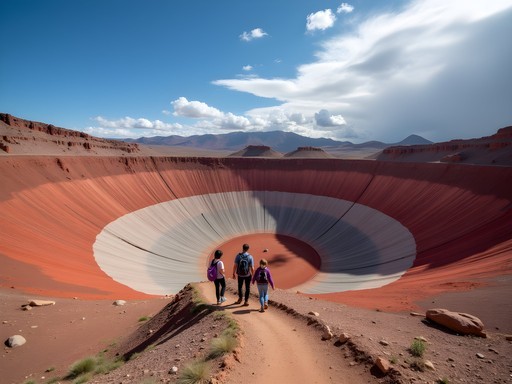
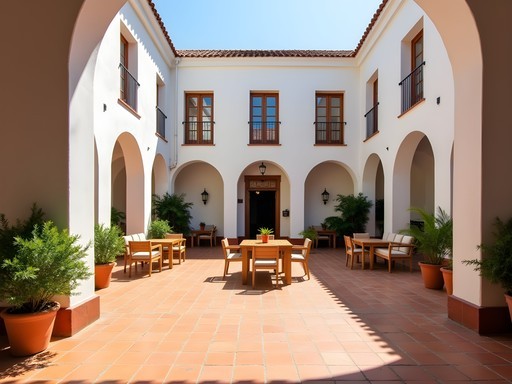
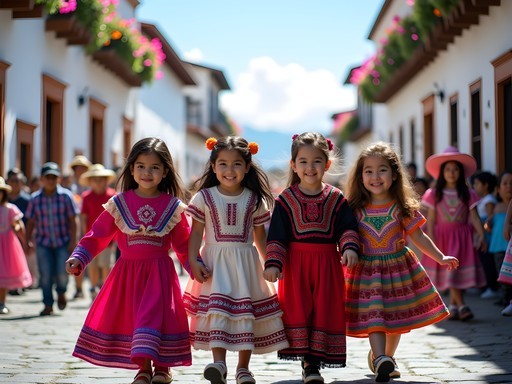


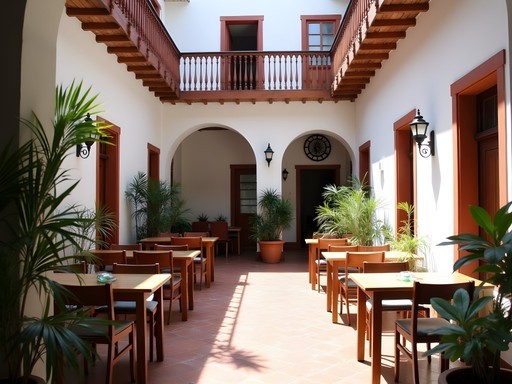
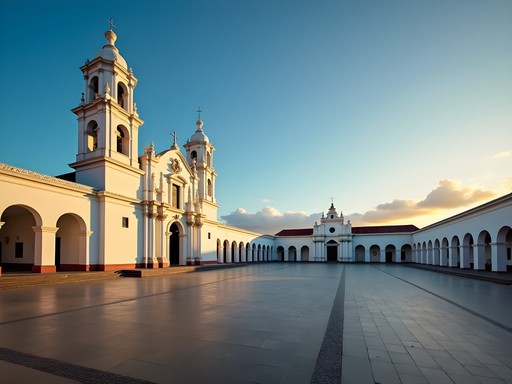
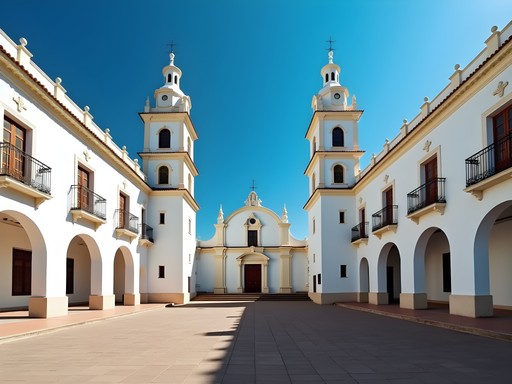
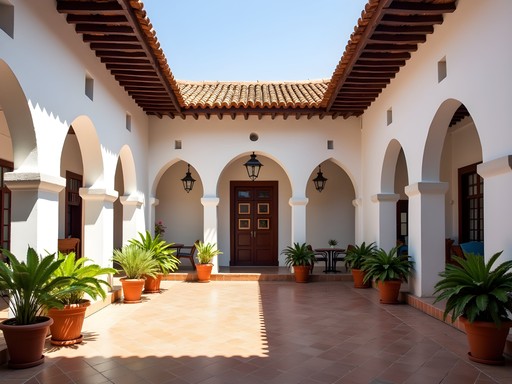
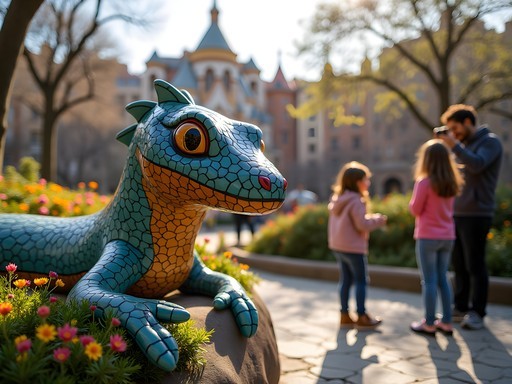
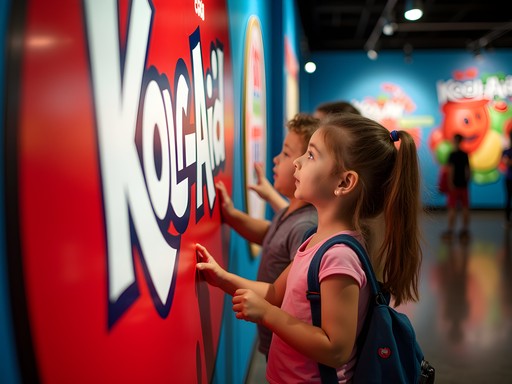
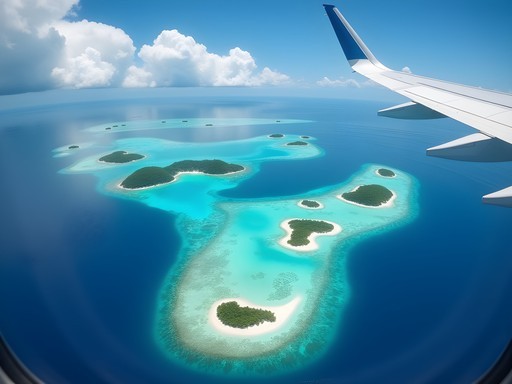
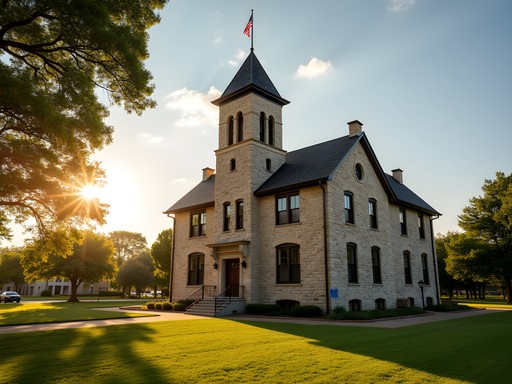
Comments
wanderperson
Just got back from Sucre with our twins (10yo) and this post is spot on! The craft workshops at Sucre Yarn were a highlight - they learned basic weaving techniques from local artists. One tip: the free walking tours that start in Plaza 25 de Mayo are surprisingly kid-friendly. Our guide Carlos kept the kids engaged with little challenges and treasure hunt elements. Also, the restaurant Florin has a great kids menu and coloring activities while you wait. We ended up going twice because they loved it so much!
globezone
How was getting around with kids? Easy to find taxis?
wanderperson
Super easy! Taxis are cheap and plentiful. Most drivers were really friendly with the kids. The historic center is compact enough to walk most places though.
coffeeexplorer4612
Great post! We're planning a trip with our kids (6 and 8) next year. Any recommendations on where to stay? Preferably somewhere central with family rooms. Also, did you need any special gear for the day trips? We're trying to pack light but want to be prepared.
Amit Sullivan
We stayed at Casa de Huéspedes La Posada and they had great family rooms with a small kitchenette. For day trips, just good walking shoes and a kids daypack for water and snacks. The weather can change quickly so layers are key!
globezone
Those dinosaur footprints look incredible! Adding to my bucket list!
Megan Martin
Amit, this is exactly the kind of content parents need when considering Bolivia! I've been recommending Sucre to families for years as an alternative to the more chaotic La Paz. The language schools there are exceptional - my clients have raved about how their children picked up Spanish basics in just a week of morning classes. I'd add that the Museo de Arte Indígena is surprisingly kid-friendly with their interactive textile demonstrations. Did you find the altitude affected the children at all? I typically recommend families spend 2-3 days acclimatizing before attempting any significant hiking in the surrounding areas.
coffeeexplorer4612
Is Sucre safe for families? Thinking about Bolivia but worried about safety with our 5-year-old.
Megan Martin
Absolutely! Sucre is one of the safest cities in Bolivia. The historic center is very pedestrian-friendly, and locals are incredibly welcoming to children. Just use standard travel precautions like you would anywhere. My clients consistently report feeling very comfortable there with kids.
wavevibes
This brings back so many memories! We took our kids (7 and 9) to Sucre last summer and they're still talking about the dinosaur footprints. The guide at Cal Orck'o made it so interactive even my phone-obsessed daughter put her device away! Did you guys try the chocolate workshop at Para Ti? My kids made their own bars and it was the perfect rainy day activity. The altitude was easier on them than La Paz too.
Amit Sullivan
So glad it brought back good memories! We actually missed the Para Ti workshop - definitely adding that to the list for next time. And yes, the altitude is much more manageable than La Paz, especially with kids!
wavevibes
Definitely check it out next time! They even let the kids design their own wrappers. Perfect souvenir!
SoloTraveler29
Is Sucre worth visiting if you're not traveling with kids? The architecture looks beautiful but wondering if it's mainly family-oriented.
Douglas Bradley
Absolutely worth visiting! I went solo and loved it. The colonial architecture is stunning, there are excellent museums, and it's a great place to take Spanish lessons if you're interested. Plus, the food scene is fantastic - try the restaurants around Parque Bolívar for some upscale dining options you won't find elsewhere in Bolivia.
SoloTraveler29
Thanks! Adding it to my itinerary then. The Spanish lessons sound particularly appealing.
BudgetTravelerJen
Just a heads up for families - we found the local markets to be a huge hit with our kids. They loved trying all the exotic fruits and practicing their basic Spanish with the vendors. Much cheaper than restaurants too!
TrekkerDad
Any specific market you'd recommend? We'll be there next month.
BudgetTravelerJen
Mercado Central was our favorite! Go in the morning when it's bustling but not too crowded. The fruit juice stands on the second floor are amazing - our kids had a different flavor every day.
AdventureFam5
Those dinosaur footprints look amazing! Adding this to our South America itinerary for sure.
WorldSchooler
How's the wifi in Sucre? We're planning to spend a month there while worldschooling our kids, so we'll need reliable internet for their online classes.
globezone
We stayed at an Airbnb in the historic center and the wifi was surprisingly good! Video calls worked fine. Just have a backup plan like a local SIM card just in case.
Amit Sullivan
Agree with globezone. Most cafés and accommodations in the center have decent wifi. If you're staying longer-term, consider asking your host about their connection speed before booking. Café Florin near the main square was my reliable backup when I needed to upload photos.
Douglas Bradley
Excellent write-up on Sucre, Amit! I spent three weeks there last year researching for my blog and completely agree about its family-friendly nature. One thing I'd add is that the altitude (2,810m) can affect some travelers, especially children. I'd recommend families take the first day very easy and ensure everyone drinks plenty of water. The Parque Bolívar was my go-to spot for observing local family life - on weekends it transforms into a hub of activity with local families enjoying picnics and children playing traditional games. Also worth noting that many museums offer free entry for children under 12, but you'll need to bring their passport as proof of age. I documented my time there with my travel journal which was perfect for capturing those small details that make Sucre so special.
TravelMom44
Great point about the altitude! My kids got headaches on our first day and we had to take it really slow. Wish I'd known that before arriving.
Douglas Bradley
Yes, it catches many travelers off guard! La Paz gets all the attention for altitude issues, but Sucre is still high enough to affect sensitive travelers. Hope your kids adjusted quickly!
Venture X
Premium card with 2X miles, $300 travel credit, Priority Pass